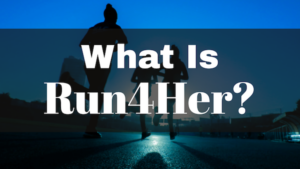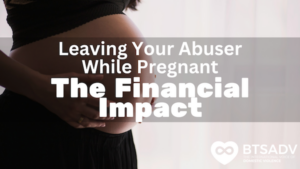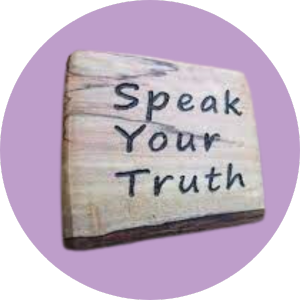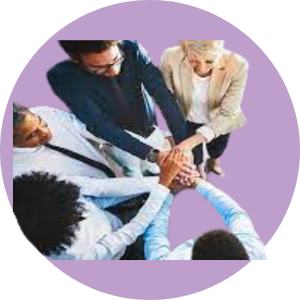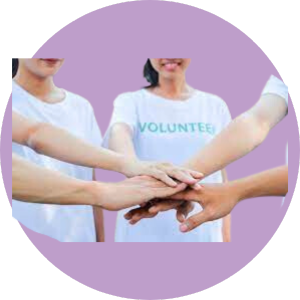Three out of every four victims of human trafficking have also been victims of domestic violence.
Human trafficking is one the most prevalent human rights issues, with an estimated 24.9 million victims around the world. It is defined as the use of “force, fraud, or coercion to obtain some type of labor or commercial sex act.”
There is a major relationship between domestic violence and human trafficking. Domestic violence, as defined by the Department of Justice, is abusive behavior in any relationship that is used by one partner in order to gain and/or maintain control and power over the other partner; including, but not limited to: physical, sexual, emotional, economic, or psychological threats/actions.
Warning Signs
Human traffickers often prey on those with low self-esteem, and victims of domestic violence are often times accompanied by vulnerability. Traffickers use a complex myriad of abuse in order to control and further abuse victims. Domestic violence and trafficking survivors often share the similarity that they have suffered from somebody close to them – whether it be sexual, physical or mental. It is important to note that many traffickers live with their victims – subjecting them to repetitive harm and constant dangerous situations.
Most relationships a trafficker will have with their victims start under false pretenses in order to be able to fully exploit their partner. There are also instances where a relationship may develop down the line to violence and lead to trafficking. Three out of every four victims of human trafficking have also been victims of domestic violence.
Intersectionality of DV and Trafficking
Given the similar approach taken by perpetrators of domestic violence and human trafficking, we can take a look at the most obvious parallels. Gaining and maintaining power over victims is achieved by the use of threats, intimidation, economic deprivation, and emotional, physical and mental abuse. It is not unlikely for a victim’s partner to be their trafficker in cases like this. Coercion into commercial sex and forced/involuntary labor is extremely common given the manipulative tactics used by the enforcer.
Types of coercion and control that may be utilized by traffickers includes the relationship they have with the victim. Friends, family, and romantic partners are very likely to be the perpetrators. They control finances and actions of the victim and create environments that maintain their power over every situation – making it seem as though one would be stuck under control. Trafficking doesn’t always mean that one is physically held against their will, but the emotional and financial control as well as threats against victims. The crossover between domestic violence and human trafficking is a lot larger than one may think at first glance.
Resources
With understanding the intersectionality of domestic violence and human trafficking, we can learn more about the patterns of abuse and help ensure that victims are able to receive the resources they need. If you or someone you know is a victim of domestic violence or human trafficking, resources are available. The National Human Trafficking Hotline connects survivors and victims to services and support lines.
If you or someone you know is in an abusive relationship, DON’T WAIT.
Get help now.
